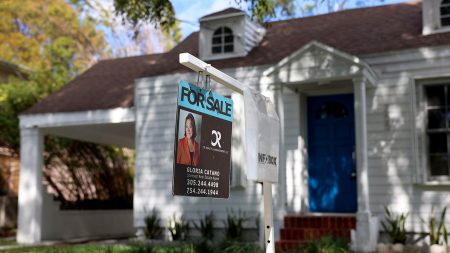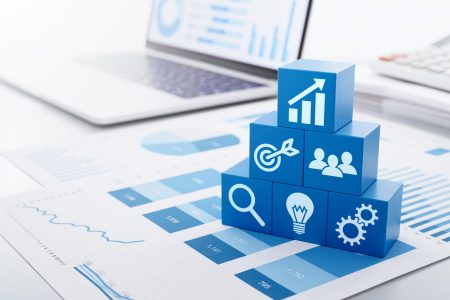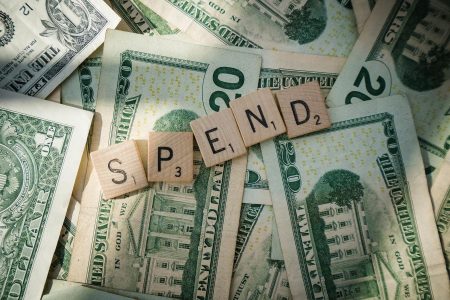The news that Apple
AAPL,
could part ways with its banking partner, Goldman Sachs
GS,
has sparked questions and concerns from Apple Card users, with some wondering what could happen to their cards and the associated Apple Savings account.
“So what happens to my Apple Card? Does it automatically transfer to a new partner bank?” wrote one user on X. Another X user said: “Will they send new ones and move your balance?”
Apple is proposing to cease the partnership within the next 12 to 15 months, the Wall Street Journal reported, citing people familiar with the matter. The end of the collaboration between the tech and banking giants could mean changes for Apple Card users and for people with Apple’s high-yield savings accounts, called Apple Savings.
The move comes as Goldman Sach has been considering getting out of the consumer finance space as a whole, a major part of which is its partnership with Apple. The bank was said to have been in talks with American Express
AXP,
earlier this year about AmEx taking over the Apple partnership.
Neither Apple nor Goldman Sach responded to MarketWatch’s request for comment. In a statement to TechCrunch, Apple said the two companies are still working together to provide “an incredible experience” for users.
Here’s what to know about the future of your Apple Card and Apple Savings.
What will happen to my Apple Card? Will the Apple Card go away?
While the next steps for both companies are not yet clear, chances are that it’s going to be mostly business as usual for Apple Card users, said Ted Rossman, senior industry analyst at Bankrate.
Though one X user wrote, perhaps in jest, “I’m holding all my Apple Card payments until we figure out what the heck is going on here,” card users should definitely keep paying their bills as usual, Rossman said.
Apple’s financial services are similar to other retailers’ credit cards, and it’s not uncommon for retail cards to change their bank partner, he said.
“This sort of thing does happen from time to time with retailers, airlines and hotels and these co-branded kinds of cards,” Rossman told MarketWatch. “Sometimes they switch allegiances.”
From rewards programs to credit reporting, things should remain the same behind the scenes, he said. This means that if someone stops paying off their card, it will get reported to credit bureaus and affect their credit report.
If Apple starts working with a new issuer, card users could notice changes in customer service procedures, Rossman said. Users might have to call a different phone number when they run into issues, and they might need to mail their payments to a different address, he added.
What will happen to the money in my Apple Savings account?
This past spring, Apple launched a high-yield savings account for Apple Card holders, with 4.15% interest rate. The accounts had attracted $10 billion in deposits by August, according to Apple. Part of the appeal was that Apple Savings not only offered a relatively high rate, but it was also convenient for existing Apple Card users to have their credit card cashback deposited directly into the savings account, analysts said.
If another bank takes over Apple Savings, the transition of funds to the bank shouldn’t be too much of a concern for consumers, based on previous instances of other banks acquiring deposit accounts, said Ken Tumin, senior industry analyst at personal-finance platform LendingTree and founder of DepositAccounts.com.
“It’d be a seamless transfer over to a new bank that actually holds the deposits,” he told MarketWatch. If the partner bank changes and it needs to transfer the funds, Apple would notify users in advance, just as other companies have in the past, Tumin added.
What about the 4.15% rate on Apple Savings? Could it change?
But depending on who takes over the savings product, the rate on Apple Savings could change, Tumin added, but not necessarily in the way that consumers would want.
Banks usually see the rates on high-yield savings accounts as a price they have to pay to attract customers. Once those products pass the point of attracting new users, banks don’t have much incentive to raise the savings rate, so it’s possible the rate on Apple Savings could become lower if a new bank replaces Goldman Sachs, Tumin said.
The 4.15% rate on Apple Savings is high compared to a typical savings account at a brick-and-mortar bank. But compared with other online-only high-yield savings, the rate has become less attractive over time. While Apple Savings has remained at 4.15%, the average rate for online high-yield savings accounts had increased to 4.46% as of Nov. 23, up from 3.76% in April, when Apple Savings was first released, according to DepositAccounts.com.
If Apple Card and Apple Savings were each taken over by a different bank, Tumin said, it’s possible users could face issues depositing their credit-card cashback into the linked savings account. “It might make it more complicated if it’s two different banks,” he said. But it’s not unusual for fintech companies to have their credit card and debit cards operated by two different banks, he said.
What will happen to my Apple Pay Later?
Within Apple Wallet, the tech company also has a buy now, pay later service called Apple Pay Later. Apple Pay users can split purchases from $50 to $1,000 into four payments with no interest over six weeks. The product came out in the spring of 2023 after other buy now pay later products gained popularity during the pandemic.
Because Apple Pay Later is not partnered with Goldman Sachs and the tech company operates the product itself, it is unlikely the partnership with Goldman Sachs could impact Apple Pay Later, Rossman said.
Read the full article here













